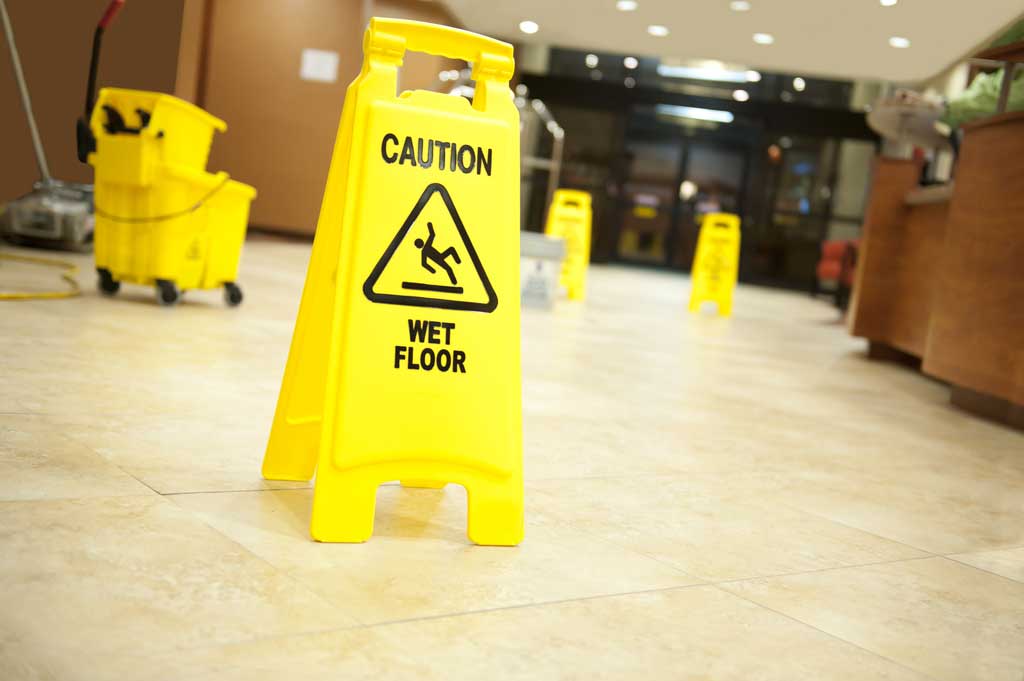Posted & Reviewed by Joshua Lee - Oct 17th 2022
Burn injuries are life-long and can be debilitating.
If you have suffered an accident involving your clothing catching fire and sustained severe injuries, do not be quick to blame yourself.
It is possible that your flame-resistant or fire-retardant clothing did protect you from injury.
The clothing may have been defective, or the appropriate materials were not used in manufacturing.
Clothing that fails to meet federal standards can intensify burn injuries. If this is the case, you may be entitled to compensation for your injuries.
The Flammable Fabrics Act (FFA), administered through the Consumer Product Safety Commission (CPSC), regulates flammable clothing.
The CPSC has the power to issue flammability standards for clothing textiles. The CPSC may also issue product recalls if a product does not meet their standards.
These standards are based upon the type of fabrics and fibers used in the clothing manufacturing process.
The Consumer Product Safety Commission classifies flammable fabrics into three categories:
Class 3 products are highly regulated and prohibited from being used for clothing in the United States.
In addition to regulating the types of fabric a manufacturer uses, the CPCS also considers the type of fibers used in the fabric and whether the fibers can easily ignite or cause product defects.
For a successful flammable clothing lawsuit, there must be an injury associated with flammable articles of clothing.
If an injury occurred, proving liability against an individual or entity within a clothing product’s chain of distribution is imperative.
One avenue of proving liability is on the basis of negligence.
To prove negligence, you must demonstrate that an individual or entity violated certain regulations pertaining to flammable clothing or that they failed to meet their standard of care.
Clothing manufacturers are legally obligated to keep you safe by making clothing that is in compliance with the Flammable Fabrics Act.
If an individual or entity makes clothing that does not pass the flame resistance and durability tests set forth by the CPSC, they have breached their standard of care and may be sued on the basis of negligence.
An injured party could also sue the manufacturer for product liability based on a design or manufacturing defect or inadequate product warnings or instructions.
Common defects include:
The most common type of defect is the use of flammable materials. Your legal representative can provide more guidance on whether product liability applies to your case.
After proving that negligence or product liability applies, the next step is determining who is liable.
The following individuals or entities could be held liable:
In particular, liability can be found when a retailer knowingly sells articles of clothing that are dangerous or fails to remove defective clothing from their shelves.
Manufacturers that use defective flammable clothing materials or distributors who continue to ship flammable clothing to retailers are other examples of potentially liable entities.
In April 2022, the CPSC recalled children’s pajamas sold by The Red League, a New York-based company, after their material failed to meet the federal flammability standards for children’s sleepwear.
The inadequate material poses a risk of burn injuries in children. Consumers should immediately take the recalled pajamas away from children and contact The Red League to return the pajamas for a refund.
The CPSC recently recalled Richie House’s “A Memory In” children’s robe due to the company’s failure to meet the flammability standards for children’s sleepwear.
The Commission cited a risk of burn injuries to children.
Consumers should immediately take the recalled robes away from children and contact Richie House for a full refund.
Walmart and Richie House are directly contacting all known purchasers.
If you or your child suffered a burn injury from flammable clothing, such as a Red League or Richie House product, we can help.
Further, if you were burned while wearing fire-resistant or fire-retardant clothing, our knowledgeable team of attorneys can help you recover the compensation you deserve.
We are experienced trial lawyers and prepare every case with the expectation that it will reach the jury’s hands.
To learn more about the laws and requirements to file a flammable clothing lawsuit in Texas, contact Armstrong Lee & Baker LLP immediately to request a case evaluation.
Joshua Lee believes in aggressive, tough advocacy and a client-centered approach to every case. Joshua draws from a wide body of experiences and a robust understanding of the law. Joshua graduated from the New York University School of Law in New York City, which is considered among the best law schools in the world. Our lawyers have 25+ years of combined experience.


This page has been written, edited, and reviewed by a team of lawyers following our comprehensive editorial guidelines. Our lawyers have more than 20 years of legal experience as personal injury attorneys.

How to Prove a Slip-and-Fall Case When businesses open their doors to the public, they have a duty to make sure they keep their facilities reasonably safe. This mean...
Posted by Scott Armstrong

If you are seriously injured in a car accident, you will have to deal with your own insurance as well as the other driver’s insurance. Worrying about contact...
Posted by Scott Armstrong

Texas Super Lawyers Magazine has once again named Armstrong Lee & Baker LLP attorney Scott Armstrong to the 2018 Texas Rising Stars list for Personal Injury - Gener...
Posted by Scott Armstrong
Trusted Personal Injury Attorneys in Houston
Find out if you have a case or ask us a question
by filling out the form below or call us at 832-402-6637